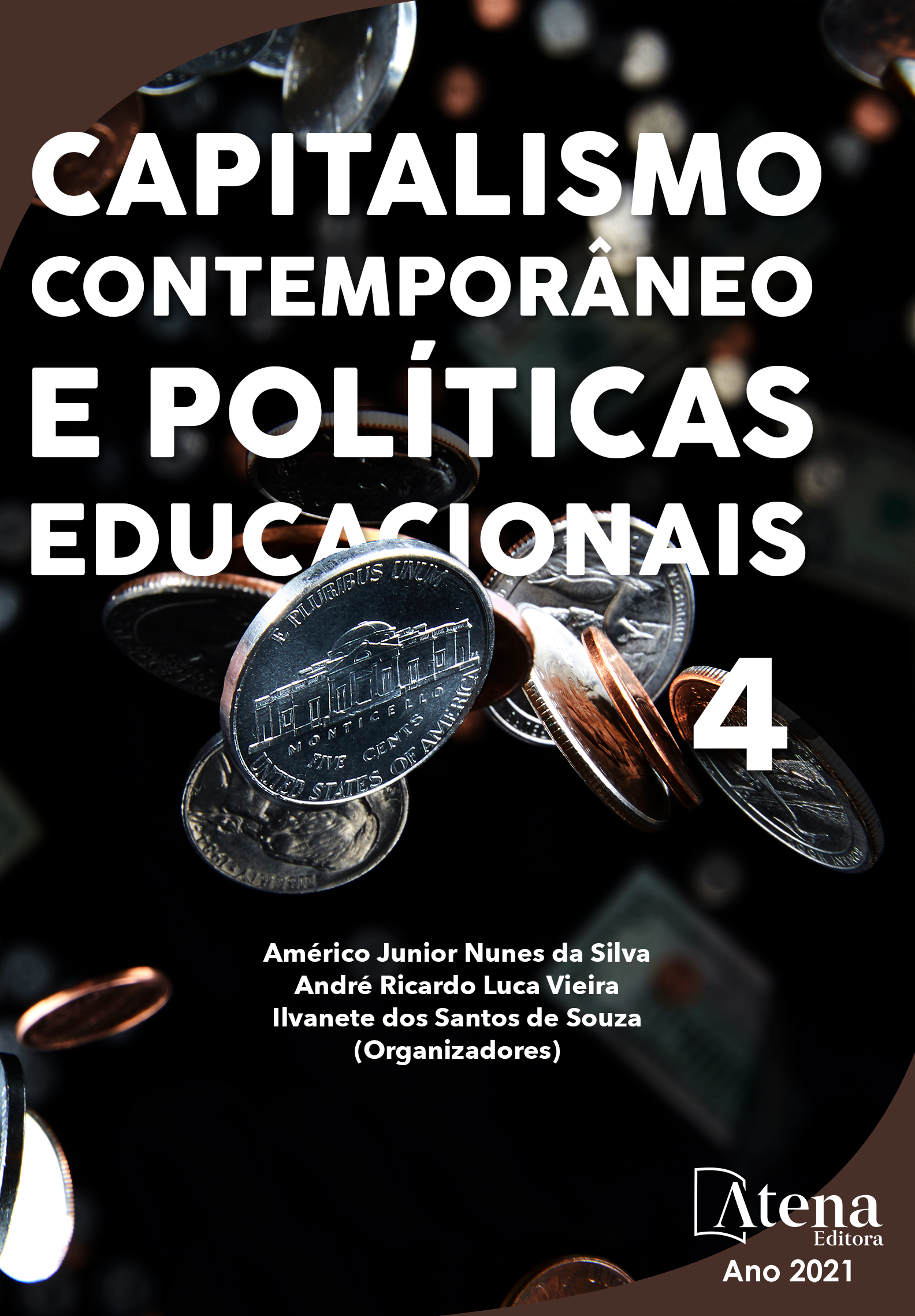
EDUCAÇÃO A DISTÂNCIA COM O USO DA TECNOLOGIA: O CASO DO CENTRO UNIVERSITÁRIO INTERNACIONAL UNINTER
Não tem como negar que as tecnologias de informação e comunicação (TIC) estão presentes nas organizações, sejam elas públicas ou privadas. Da mesma forma que se fazem presentes nas instituições de ensino superior, sobretudo, em seus processos pedagógicos de aprendizagem na modalidade de educação a distância (EAD), justificando assim, a aderência deste estudo com o congresso internacional EDUCAT. Dito isto, apresenta-se na sequência a questão problema: quais são as principais ferramentas tecnológicas ofertadas pela instituição de ensino de nível superior UNINTER, a fim de subsidiar a aprendizagem de seus alunos em EAD? Os objetivos são: i) identificar os principais marcos históricos e legais que antecederam a implementação da EAD no Brasil e; ii) identificar as principais ferramentas tecnológicas adotadas pela instituição UNINTER em seus processos pedagógicos de aprendizagem, sobretudo, na modalidade em EAD. Metodologicamente, tratou-se de uma pesquisa bibliográfica de caráter qualitativa. Justifica-se a escolha do caso do centro Universitário internacional UNINTER, o qual possui sede em Curitiba, no estado do Paraná, por sua atuação em todo o Brasil e por ofertar cursos de graduação, especialização e pós-graduação, nas modalidades presencial, semipresencial e a distância. Buscou-se então, por meio da experiência estudada, obter resultados associados as suas ferramentas tecnológicas de aprendizagem em EAD. Foi possível concluir que a principal ferramenta utilizada pela instituição é o ambiente virtual de aprendizagem (AVA), o qual subsidia o contato dos seus alunos com os conteúdos das aulas: videoaulas, atividades, avaliações, acesso ao material didático, tutoria online para sanar eventuais dúvidas, entre outros. Além disso, a instituição apresentou a ferramenta de realidade virtual, cuja tecnologia encontra-se em desenvolvimento, na fase de teste.
EDUCAÇÃO A DISTÂNCIA COM O USO DA TECNOLOGIA: O CASO DO CENTRO UNIVERSITÁRIO INTERNACIONAL UNINTER
-
DOI: 10.22533/at.ed.64721110613
-
Palavras-chave: Educação a Distância. Ferramentas tecnológicas. Práticas educacionais.
-
Keywords: Distance Education. Technological tools. Educational practices.
-
Abstract:
There is no denying that information and communication technologies (ICT) are present in organizations, whether public or private. In the same way that they are present in higher education institutions, especially in their pedagogical processes of learning in the modality of distance education (DISTANCE), thus justifying the adherence of this study with the international congress EDUCAT. Having said that, the question is then the problem: what are the main technological tools offered by the higher education institution UNINTER, in order to support the learning of its students in Distance DAE? The objectives are: i) to identify the main historical and legal milestones that preceded the implementation of THE in Brazil and; ii) to identify the main technological tools adopted by the UNINTER institution in its pedagogical learning processes, especially in the modality in DISTANCED. Methodologically, this was a bibliographical research of qualitative character. It is justified to choose the case of the international University Center UNINTER, which has its head office in Curitiba, in the state of Paraná, for its performance throughout Brazil and for offering undergraduate, specialization and graduate courses, in face-to-face, semi-face-to-face and distance modalities. We then sought, through the studied experience, to obtain results associated with their technological learning tools in AE. It was possible to conclude that the main tool used by the institution is the virtual learning environment (AVA), which subsidizes the contact of its students with the contents of the classes: video classes, activities, evaluations, access to teaching material, online tutoring to resolve any doubts, among others. In addition, the institution presented the virtual reality tool, whose technology is under development, in the testing phase.
-
Número de páginas: 10
- Francisco Jadson Marinho de Souza
- Jéssica Serra de Freitas


